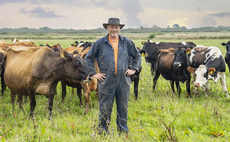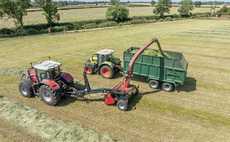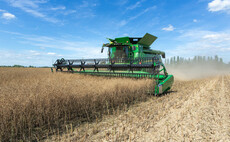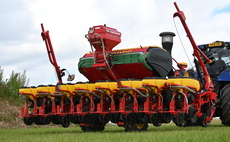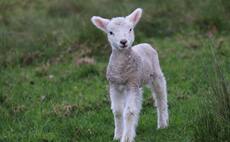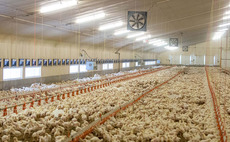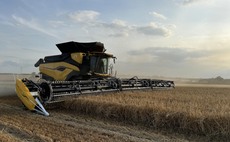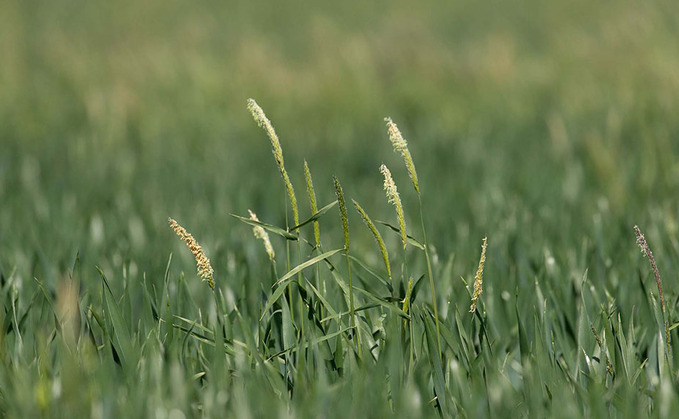
Black-grass is a challenge many farmers face, but trials have found September-sown winter wheat can be grown long-term on land with a history of infestation.
Work at Agrovista’s heavy-land Lamport AgX site, suggests that growers who want to maximise their wheat area could use spring wheat in sequence with winter wheat to increase profits. However, in both cases great care must be taken to minimise black-grass germination throughout the rotation, notably by using a sequence of cover crops and spring cropping.
Results from harvest 2022 trials show that returning to a first wheat after a run of cover crops/direct drilled spring crops can produce high yields, even on a heavy-land site with a background black-grass population that exceeds 2,000 plants/sq.m.
Agrovista technical manager Mark Hemmant says: “First wheat yields this harvest ranged from 12.45-13.39 tonnes per hectare when following Lamport best practice.
“We counted less than one black-grass head/sq.m in these trials, which shows what can be done.”
But growers have to stick to the guidelines or risk going backwards with black-grass control, he warns.
“Before considering a return to winter wheat you have to reduce the weed seedbank to a low-enough level to give full-rate herbicides a chance to work. We know that even a stack containing the latest chemistry is not good enough where black-grass numbers are high.”
Previous cropping on these winter wheat plots consisted of a black oat-based cover crop followed by spring oats in 2019/20, followed by a cover crop then spring beans last season. The plots were direct drilled on September 28 at 300 seeds/sq.m into a cheap linseed/berseem clover catch crop that was blown into the beans.
Rotation
The first wheats received full-rate chemistry to control blackgrass – Proclus (aclonifen) Liberator (flufenacet + diflufenican) and Avadex (triallate) followed by full-rate flufenacet early post-emergence.
However, a second winter wheat is not part of the plan. Niall Atkinson, Agrovista’s farming systems R&D adviser, says previous experience at Lamport AgX shows second wheats undermined years of effort to control black-grass. Levels soared close to those seen a decade ago, decimating yields and margins.
“We are still looking at growing successive wheat crops, but we are asking whether we can grow winter wheat one year and an autumn-sown cover/direct-drilled spring wheat the next, and so on.”
The winter wheat plot in this case had been under a cover crop/spring wheat regime for the past four years.
Mr Hemmant says: “This plot yielded just over 11t/ha. This was slightly down on the other winter wheat plots that followed a more mixed rotation. But over the years we have been achieving 7-8t/ha from a spring wheat after a cover crop at Lamport, so when we cost the successive wheat rotation it may well be the more profitable option.”






